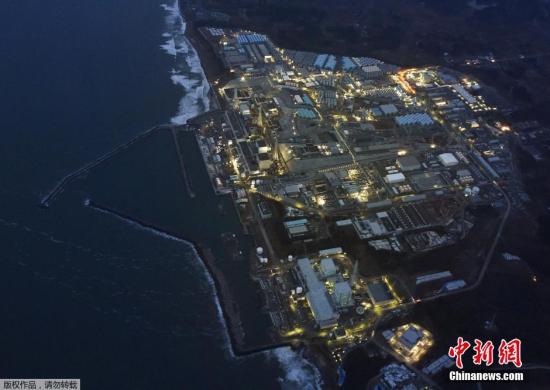China News Service, October 13th. According to Japanese media reports, the Japanese government will decide the final treatment method as early as late October for the treatment of nuclear sewage from the Fukushima Daiichi Nuclear Power Plant. It is said that the final treatment method is likely to be Discharge nuclear sewage into the sea.
Data map: Fukushima Daiichi Nuclear Power Plant in Japan.
According to reports, the so-called nuclear sewage is the waste water remaining after cooling the nuclear reactor. Although the Fukushima Nuclear Power Plant has been processing related nuclear sewage, one of the radioactive substances called "tritium" is difficult to remove, which leads to nuclear sewage. Continue to pile up.
According to reports, at present, all nuclear sewage is stored in nuclear power plants, but it is expected that by the summer of 2022, the capacity of water tanks for storing nuclear sewage will reach its limit.
According to the report, relevant sources said that the Japanese government will make a final decision on the treatment of nuclear sewage as early as late October. At present, the method of gradually discharging nuclear sewage into the sea is most likely to be selected.
However, the report pointed out that how the Japanese government will respond to the pressure of public opinion brought about by this will be a new topic.
On March 11, 2011, the "March 11" Great East Japan Earthquake occurred in Japan, which triggered a huge tsunami and the Fukushima nuclear disaster, killing tens of thousands of people.
Regarding the treatment of the nuclear sewage accumulated in the Fukushima nuclear power plant, the Japanese government has previously stated that it is safe to discharge the polluted water from the Fukushima nuclear accident into the ocean, and emphasized that the risk of affecting human health is "very small."
However, some local groups have strongly objected.

